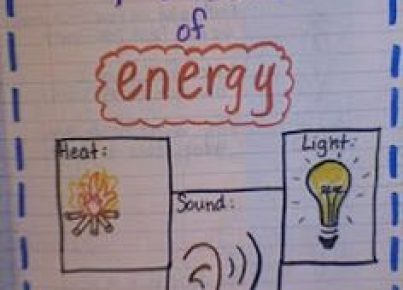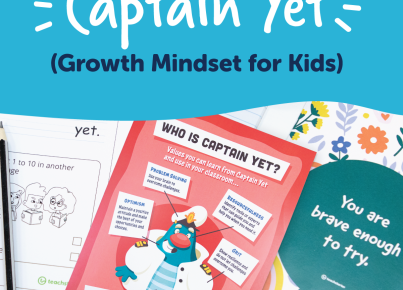Flipped Learning, also known as the inverted classroom structure, has become a significant buzzword in the educational sphere. It is an instructional strategy that inverts the traditional learning environment by delivering content, often online, outside of the classroom. In a primary classroom setting, this approach indeed comes with a unique set of challenges and opportunities.
In essence, flipped learning moves activities, including those that may have traditionally been considered homework, into the classroom. At home, students watch videos or interact with materials that replace standard lecture content. This shift permits class time to be allocated to reinforcing concepts through exercises, projects, and discussions.
Research indicates several potential benefits of flipped learning for young students:
1. Increased Engagement: Flipped classrooms can lead to increased student engagement. With lectures pre-recorded, class time is more dynamic and interactive, which can capture young children’s attention more effectively than traditional methods.
2. Differentiated Instruction: Teachers can better cater to individual students’ needs because they have more time during class to circulate and offer one-on-one assistance.
3. Better Use of Classroom Time: Students come to class ready with a foundational understanding of the material, allowing teachers to dive deeper into topics and spend more time on challenging areas.
4. Collaboration Enhancement: The model promotes collaborative work among students during class since they engage with the lecture content at their own pace before coming to school.
5. Responsibility Building: Young learners develop self-regulation and responsibility as they manage their learning outside of the traditional classroom constraints.
However, flipped learning is not without its drawbacks in a primary classroom context:
1. Home Access: Reliance on technology means students must have internet access and devices at home, which can be a barrier for some.
2. Parental Involvement: This teaching model often requires higher parental involvement to ensure children stay on task at home, which might not be feasible for all families.
3. Age Appropriateness: Very young students may struggle with the level of autonomy required or may not have the attention span for lengthier video lectures at home.
Despite these challenges, pilot programs and anecdotal evidence offer promising insights into the feasibility of flipped classrooms in early education settings. Teachers report that when implemented thoughtfully and with adequate support for both students and parents, flipped learning can result in positive educational outcomes with engaged and motivated learners.
While empirical studies focusing specifically on primary education are still emerging, there is cautious optimism surrounding this innovative instructional approach’s effectiveness. Flipped learning is not a panacea for all educational challenges but represents an evolving pedagogical tool that holds promise if integrated considerately into primary education curricula.





